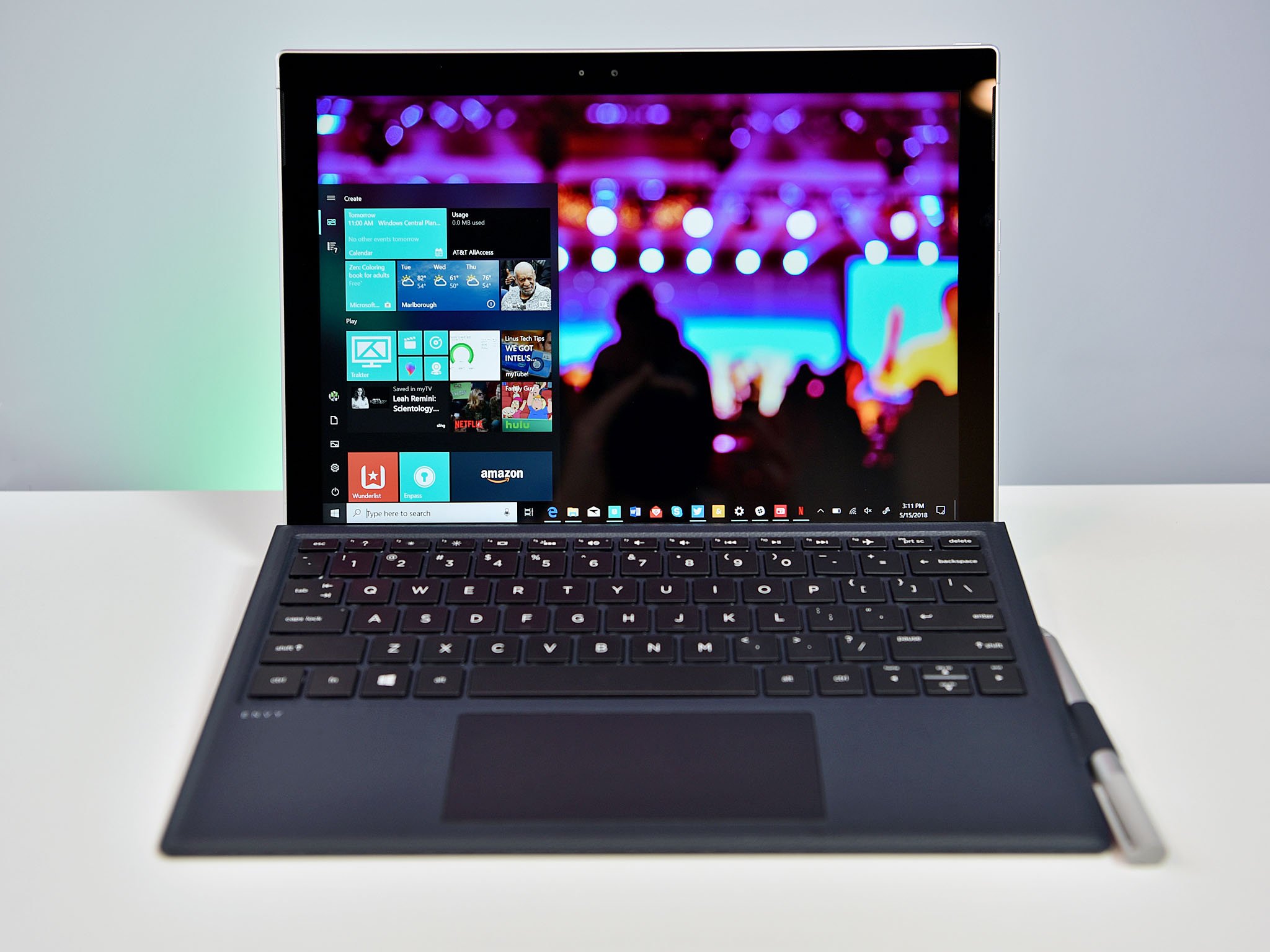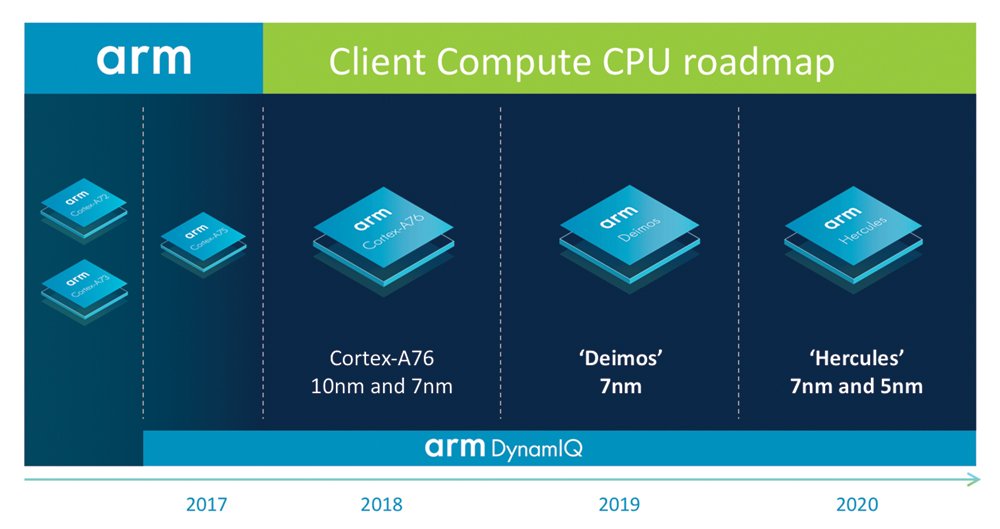ARM is going after Intel with new chip roadmap through 2020
ARM sets out its CPU roadmap through 2020 as it seeks to dethrone Intel's laptop dominance.

Historically, ARM-designed processors have dominated the smartphone market, but the company is increasingly turning its attention to tackling the PC space currently dominated by Intel. That began this year with the release of the first Always Connected PCs powered by Qualcomm's Snapdragon 835, which is far from matching current Intel chips on the market in terms of raw performance. But ARM isn't sitting idly by, and today revealed its CPU roadmap through 2020, outlining its expected performance increases for the consumer PC space.
The first taste of the company's plans came in June, when it revealed its next-generation Cortex-A76 CPU design, with the bold promise that it would match laptop levels of performance currently offered by Intel's Core i5-7300U on single-threaded benchmarks. But going forward, ARM says it expects to see significant performance gains through 2020 with upcoming designs, currently codenamed "Deimos" and "Hercules."
Deimos will be built using a 7nm process, and is expected to deliver greater than a 15 percent increase in compute performance. Meanwhile, Hercules will be built on 7nm and 5nm nodes, with a similar trajectory for compute performance improvements. Impressively, the Hercules CPU built on the 5nm process is also expected to improve power and area efficiency by 10 percent, ARM says.

"The CPU roadmap Arm has laid out coupled with Qualcomm's heterogenous approach to computing across our various IP block and integrated connectivity, will allow for new advancements in the always-on, always-connected PC experience offered by the Qualcomm Snapdragon Mobile Compute Platform," said Alex Katouzian, senior vice president and general manager, mobile, Qualcomm Technologies, Inc. "Our mission continues to bring the best of the mobile world to the PC, with great battery life, sleek innovative form factors, and Windows 10 for on-the-go productivity."
A lengthy wait
Crucially, we'll have to wait until ARM partners get their hands on these designs and build their own chips before we start seeing them pop up in actual devices. ARM doesn't manufacture its own chips, instead licensing its designs to partners like Qualcomm and Samsung. Once partners have received the designs, they then manufacturer chips with their own sets of customizations. For example, the Snapdragon platform is built off of ARM designs, but with special customizations implemented by Qualcomm. Manufacturers then take Qualcomm's chips and build their systems around them.
Given this lengthy process, expect it to take a while before we start seeing Deimos and Hercules-based chips popping up in machines from mainstream manufacturers like HP and Dell. Still, in speaking with PCWorld, ARM's head of ecosystem marketing Ian Smythe confirmed that partners will start manufacturing chips built on the A76 architecture starting this year, so we should start seeing Always Connected PCs with laptop levels of performance appearing on the market not too long after.
Having held its position in the smartphone market, ARM is clearly looking to make a splash with laptops next. And while Windows 10 on ARM is still in its nascent stages, it will be exciting to see how things shake out over the coming years as performance continues to ratchet up. One thing still holding things back, however, is the requirement for ARM-based PCs to emulate apps that aren't built to natively run on the ARM CPUs, which naturally comes with a slight performance hit. However, if Microsoft and Qualcomm can convince developers to start building native ARM64 apps, the emulation hurdle could increasingly become less of an issue.
All the latest news, reviews, and guides for Windows and Xbox diehards.

Dan Thorp-Lancaster is the former Editor-in-Chief of Windows Central. He began working with Windows Central, Android Central, and iMore as a news writer in 2014 and is obsessed with tech of all sorts. You can follow Dan on Twitter @DthorpL and Instagram @heyitsdtl.
